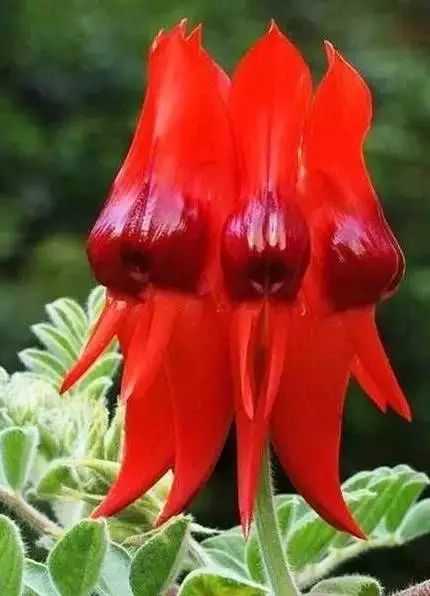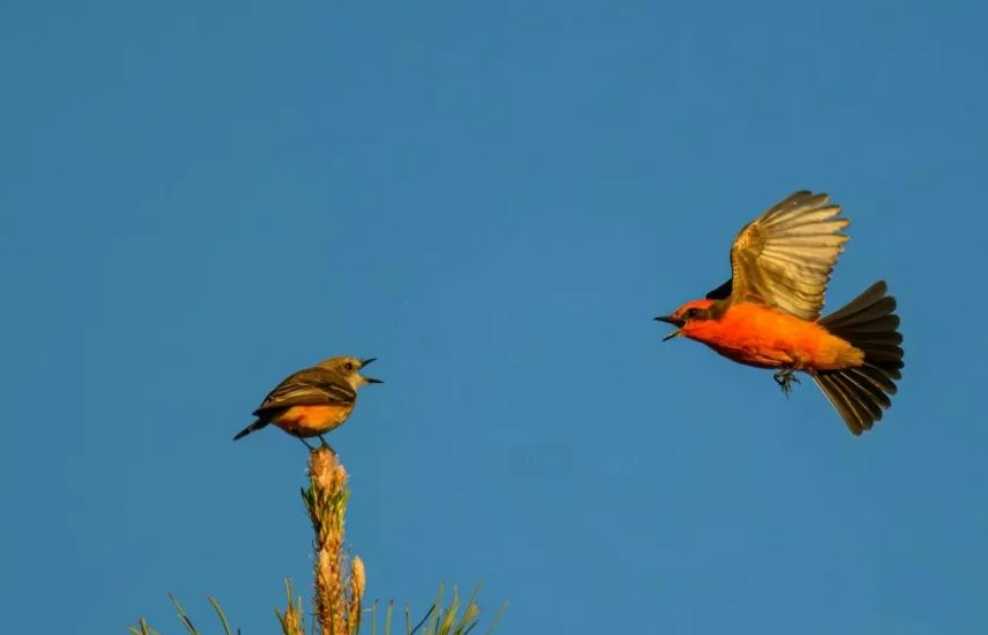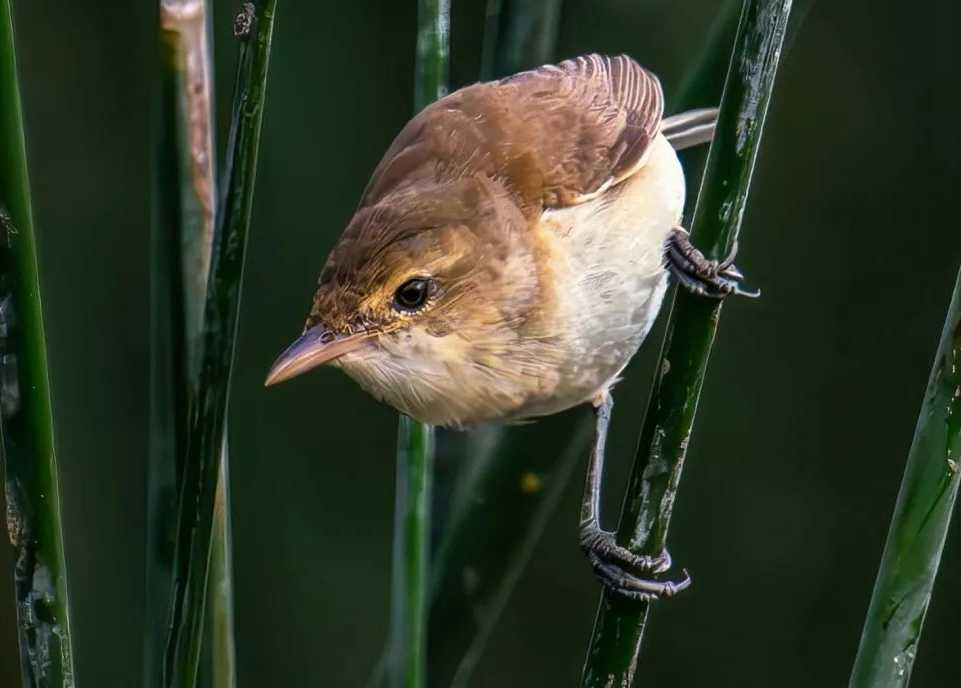The Enigmatic "Lady Calophaca": A Rare Floral TreasureThe captivating "Lady Calophaca," formally known as Calophaca sinica, stands as a botanical wonder, enchanting landscapes with its distinct characteristics. Native to southern Shanxi and the southern Yinshan Mountains in Inner Mongolia, China, this shrub thrives in shaded valley slopes and mountain thickets at 900–1,800 meters altitude.
June 16, 2025, 3:06 pm EDT










